When the frost flowers bloom outside and the snowflakes dance in front of the window, we humans make ourselves really comfortable inside. With candlelight and punch we enjoy the winter in the warm room. But what about rabbits, ferrets and co.? Which small animals can be kept outside without any problems even when the temperature is below zero, which four-legged friends prefer to be kept inside? As the owner, what should you consider when it comes to housing and feeding your pets during the cold season? How does osteoarthritis develop?
In principle, healthy rabbits can also live outside in winter. Only chronically ill and weakened animals should be allowed to stay in the apartment. However, if you want to get your long-eared cats used to being outside, you have to start in late summer or autumn. You do this step by step: First, the room temperature in the rabbit room is lowered by leaving the window open at night. Afterwards, the mumbling men are allowed to move outdoors by the hour. In the next step, the little ones stay outside all day, later also at night. This procedure ensures that the rabbit's body gets used to the falling temperatures and develops a cozy winter coat.
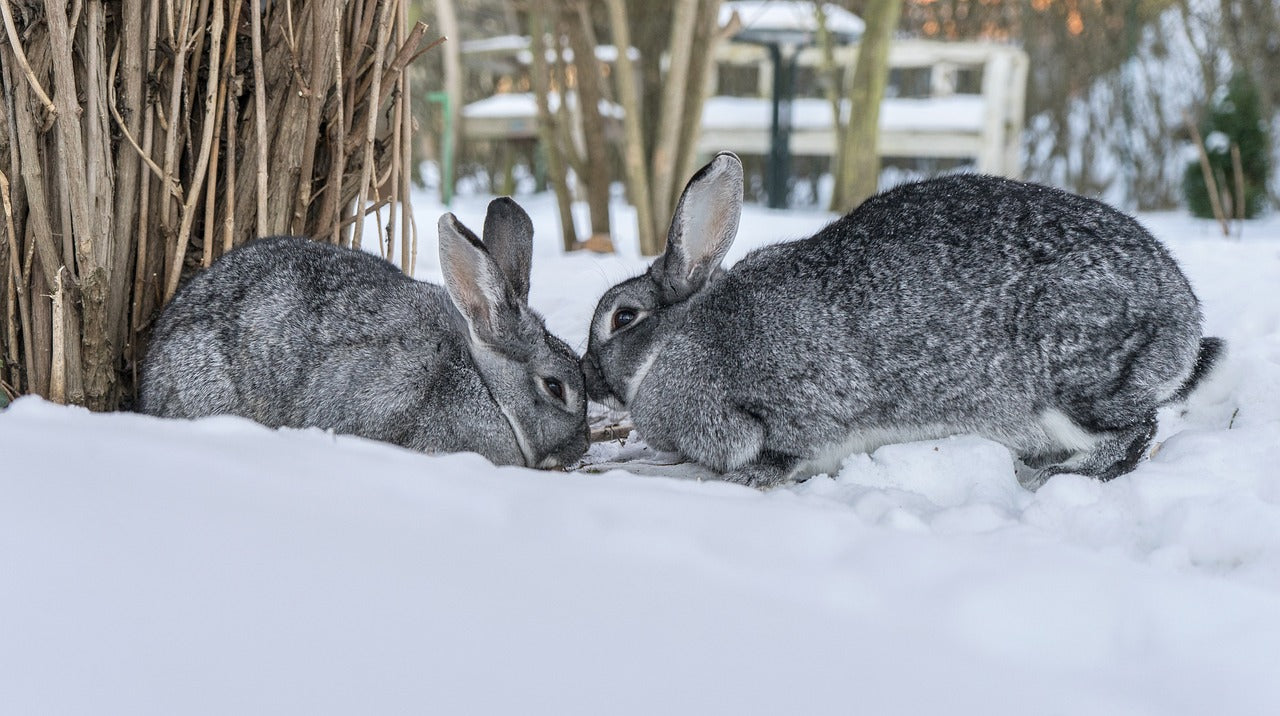
Protection against wind and weather
Speaking of cuddling: Rabbits should never have to live alone - this also and especially applies to animals kept outdoors. They have at least one conspecific on their side to snuggle up to. This is how the long ears warm each other up. An artificial heat source is not absolutely necessary. However, if the temperature is consistently freezing, a special heating pad for pets can be placed in the outside stable or a heat lamp can be attached.
However, it is more important that the animals have enough space. They also need enough exercise outdoors to be able to live out their natural urge to move. Your fox-proof, several square meter enclosure can be equipped with unsprayed fruit tree branches, tubes and ramps, for example. One part must be protected from wind and weather with tarpaulins or wood paneling. In addition, the animals need a weatherproof shelter where they can retreat to sleep and cuddle.
Fresh fodder in winter
If you keep your rabbits outside all year round or gradually get them used to outdoor life from autumn, you should give the animals the opportunity to put on some winter fat. Energy-rich, healthy food such as nuts, seeds and green fodder helps the long-eared bats to build up the necessary reserves so that they can later defy the sub-zero temperatures. During the winter months, hay and dried herbs are the most important source of food for the munchkins kept outdoors. The dry stalks are not used as a healthy snack, but are also used to pad the shelter.
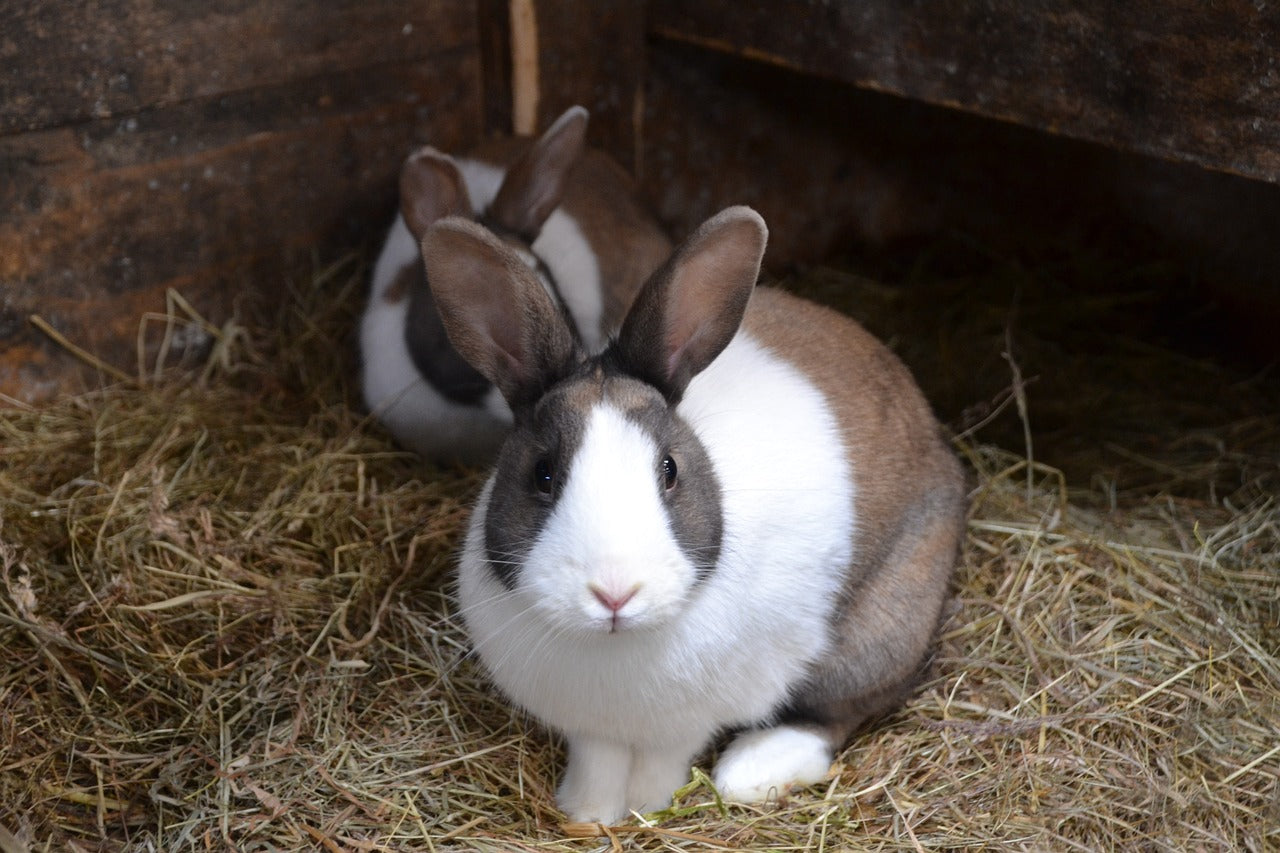
In addition, the animals are given frost-resistant fresh food such as cabbage and turnips, preferably in small quantities several times a day. Rabbits must have fresh water available at all times, even in ice and snow. The drinking water can be prevented from freezing by using heatable bowls .
In the ferret paradise
Like rabbits, ferrets generally tolerate cold better than heat. This means that the lively martens can also spend the winter in an outdoor enclosure that is appropriate for their species, provided they have been gradually accustomed to the falling temperatures beforehand. And the same applies to long-eared animals: Sick or weakened animals should be allowed to stay inside. This allows you, as the owner, to keep a better eye on your sick furry friend and react immediately if its state of health deteriorates. Good to know: A pair of ferrets kept outside needs an enclosure of at least six square meters, plus an additional square meter for each additional animal. A spacious garden house with attached, escape-proof outdoor area is recommended.
A well-insulated sleeping hut is a must. Because ferrets are social animals, they should never be kept alone. Your little house must offer enough space for all residents and protection from drafts and still allow a certain amount of air circulation - otherwise there is a risk of mold. Food and water should be kept in a sheltered place, such as a separate house. Heatable bowls prevent freezing.
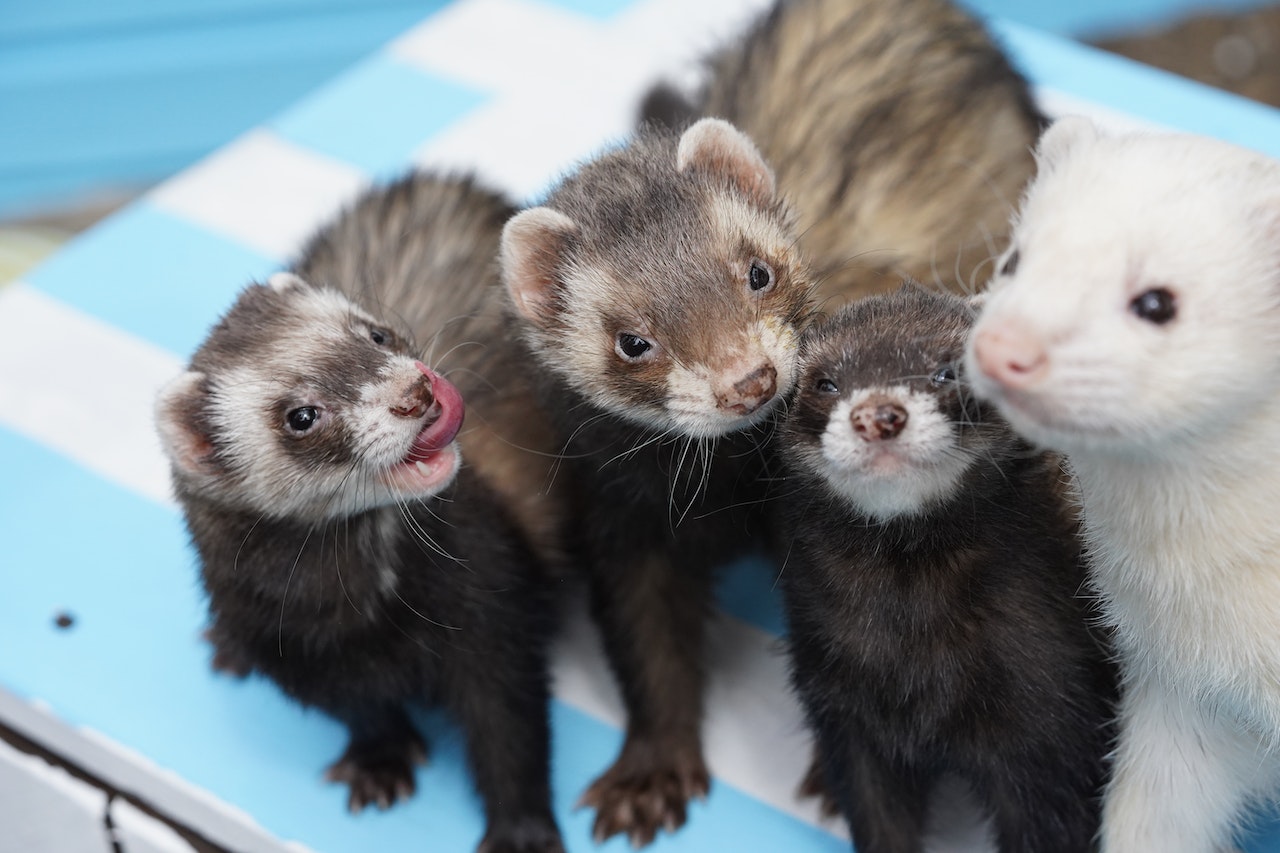
Ferrets are carnivores: they need adequate amounts of animal protein to stay healthy, even in winter. In autumn, when the animals are feeding on their fat reserves, it can sometimes be an extra portion of beef, poultry or rabbit meat. In order to get through the winter, males should gain about 500 grams, females about 300 grams. A variety of equipment, for example with snuggly blankets, ball pool, hammocks and tunnels, transforms the outdoor enclosure into a true ferret paradise.
Well insulated rodent home
If their coop is well protected from moisture and draughts, healthy guinea pigs can also spend the winter outside. A thick layer of styrofoam and wood is ideal for insulation. The cage must never be placed on the floor - it should be slightly elevated on stilts. For a cozy warm Meerli home, the bedding is filled in about ten centimeters high. Wet patches must be removed daily and replaced with clean, dry bedding. Lattice doors can be insulated with a woolen blanket. This keeps the guinea pigs warm in their outdoor stall without preventing air circulation. Of course, the sociable rodents also need a sufficiently large house in which they can snuggle up and keep each other warm.
Provided the floor of their secured enclosure is not frozen, soaked or muddy, guinea pigs can also enjoy their outdoor run in winter. In order to create the best conditions for sensitive Meerli paws, the outdoor enclosure can be sprinkled with untreated bark mulch during the cold season. In addition to high-quality hay, there is winter-hardy tuber vegetables and cabbage to feed. Important to know: If a guinea pig gets sick while being kept outside, it should not be brought into the warm apartment - the temperature difference would cost the weakened organism additional strength. It is better to house the problem child together with at least one other animal in an unheated room, such as in the basement or in the laundry room. Here you can regularly check the health of the sick pig.
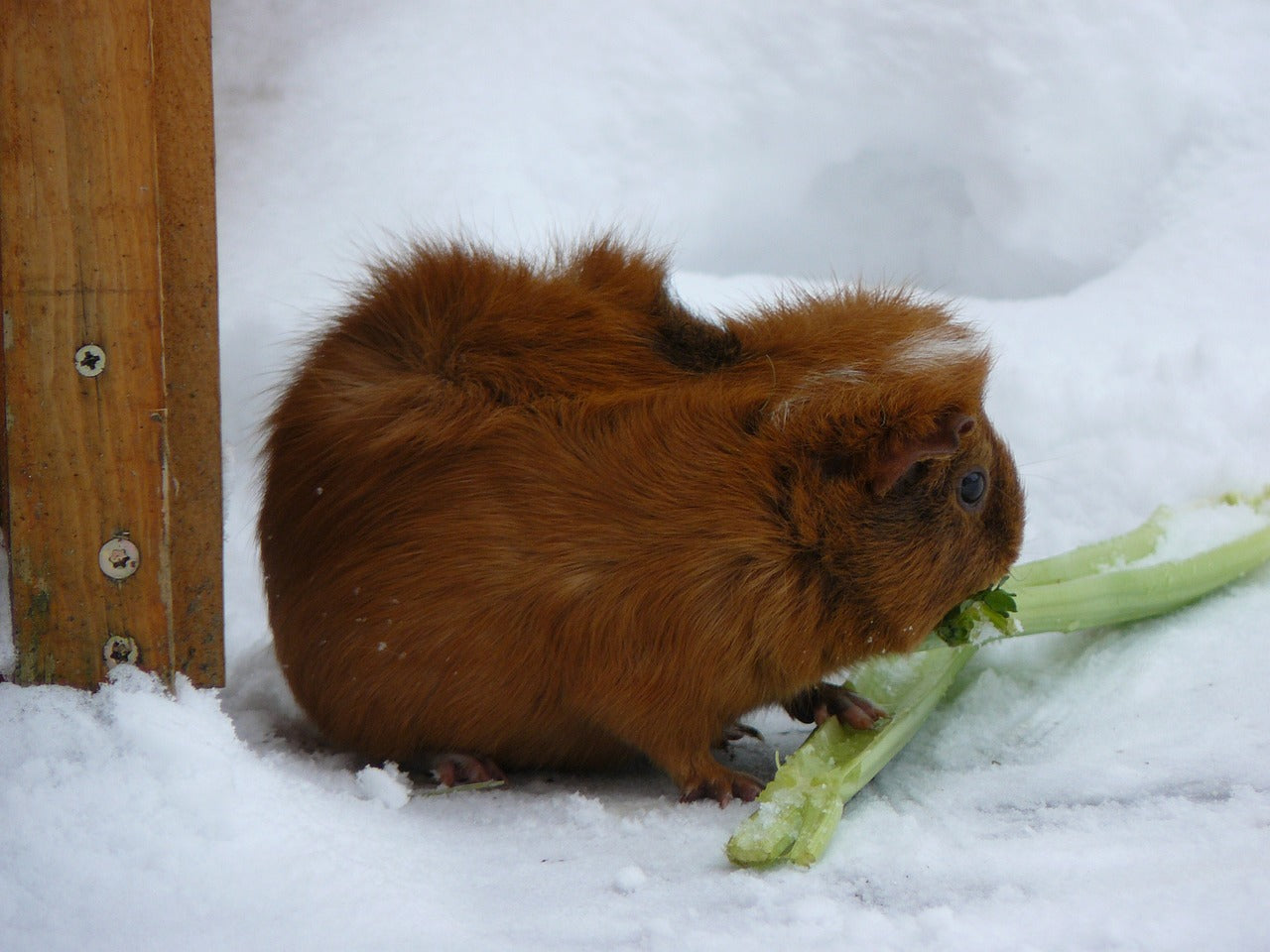
Beware of freezing cold
And what about the hamster? While some free-ranging hamsters hibernate, the pet species like the Roborowski dwarf hamster are active year-round. However, it is important that the room temperature does not drop below ten degrees and that the food supply remains constant - then the little rodent can get through the winter without hibernating.
Golden hamsters are even more sensitive and begin to limit their activities at temperatures below 18 degrees. The body temperature and the breathing rate are reduced until the animal freezes. This is dangerous, because caged hamsters are not prepared for this: they have not put on winter fat. Anyone who suspects that their hamster has succumbed to cold rigidity should take the animal to the vet so that the little body can be carefully warmed up.
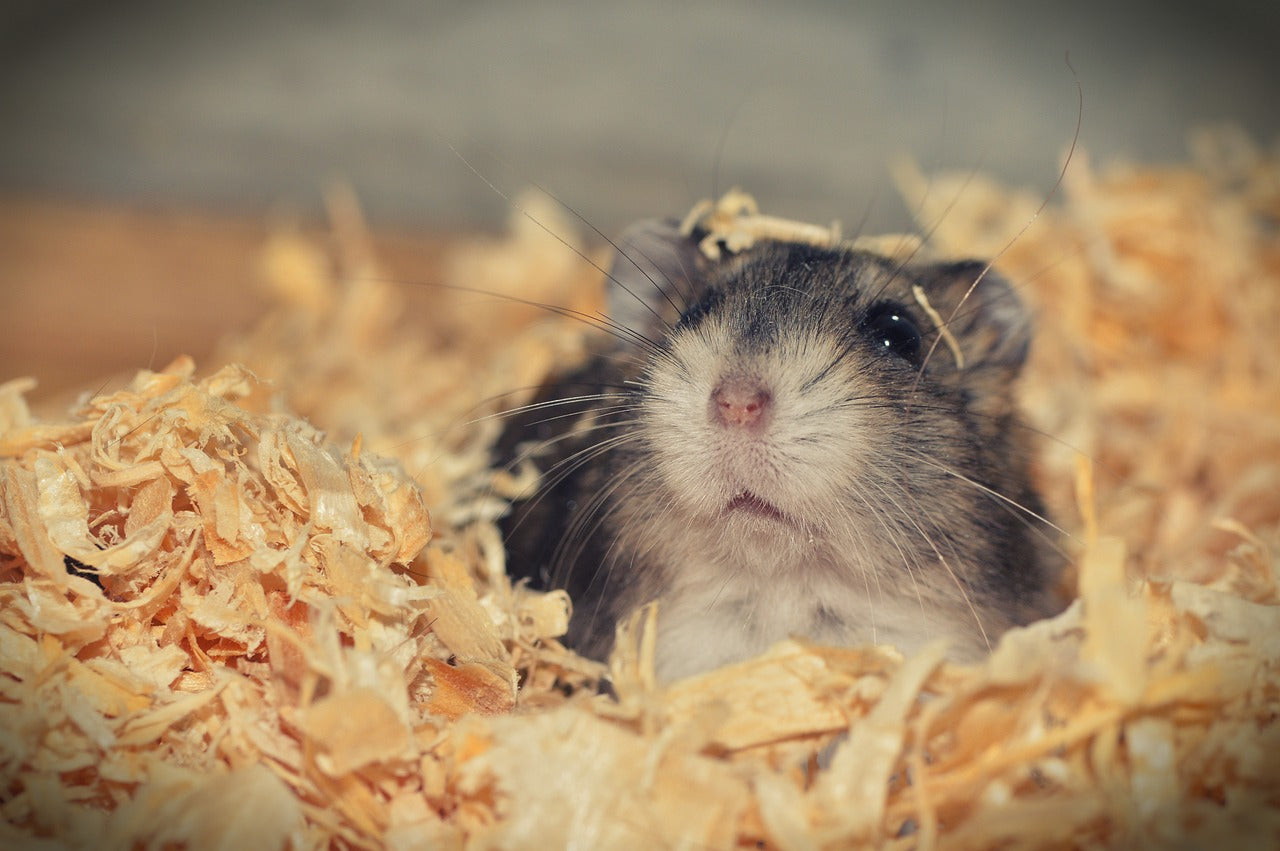
Please no drafts
Rats and mice are also not suitable for keeping outdoors. The small rodents prefer a room temperature of 18 to 22 degrees. Their exotic relatives, the gerbils, are sensitive to cold and drafts and should therefore also be allowed to stay indoors. In their natural homeland, the steppes, semi-deserts and deserts of Asia, the animals build underground burrows that offer them protection from extreme temperatures and precipitation. Since this is not possible in pet ownership, your gerbils should be allowed to live indoors with you. Some animals are just a bit like us humans: They like it cozy and warm and prefer to stay inside in winter.









